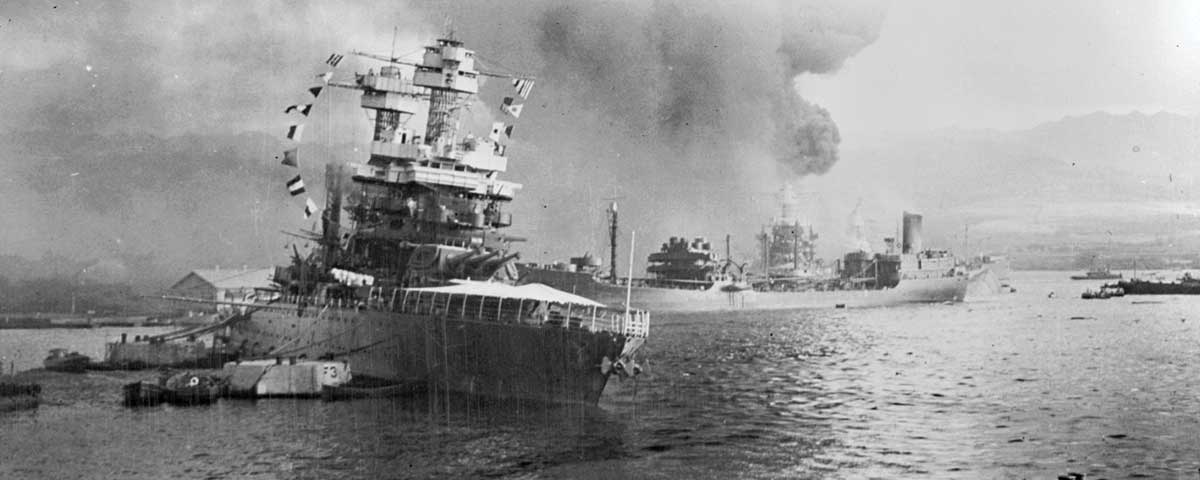The Ship that Wouldn’t Die The Saga of the USS Neosho; A World War II Story of Courage and Survival at Sea
By Don Keith. 382 pp. NAL Caliber, 2015. $27.95.
TAKING AERIAL SCOUTING REPORTS at face value could mislead World War II fleet commanders—and court disaster. On December 16, 1941, for example, Lexington dive-bomber pilots mistook an abandoned dynamite barge for a Japanese carrier. They bombed it—but missed. The Lex task force commander meanwhile detached fleet oiler Neosho, sending the vessel and its volatile cargo out of “harm’s way.” Nearly five months later, in the lead up to the 1942 Battle of the Coral Sea, Japanese scouts mistook Neosho itself for a carrier—and nearby destroyer Sims for a cruiser. Carrier commander Chuichi Hara trusted this aerial sighting because it conformed to his expectations. Hara dispatched 80 strike planes due south to destroy the would-be enemy. His real opponent—Frank Jack Fletcher’s Task Force 17—was over 300 miles northwest. Hara’s misstep gave Fletcher the initial advantage in what, though a tactical draw, became an important strategic U.S. Navy victory.
Most accounts of the Battle of the Coral Sea treat the attack on Neosho as a footnote—a fateful lapse that Hara ascribed to Japan’s “victory fever.” Author Don Keith takes a different angle, sticking with Neosho, Sims, and their crews as they battle the Japanese and then the cruel sea and blistering sun. The story is replete with heroic endurance and selflessness—but also human failings and miscues. Keith doesn’t airbrush the inglorious. Instead, he balances all elements to construct a satisfying narrative with deep human interest and cliffhanger appeal.
One caveat. Keith styles himself a storyteller; in the author’s note he admits to putting “words in the mouths and thoughts in the heads of people who may or may not have spoken those precise words or held those exact thoughts.” He reasons that historical sources are themselves subject to inaccuracy; even first-person accounts decay with time. He’s right, but documented sources also anchor historical storytelling and need not kill pace. When Keith creates multipage dialogues (as he does when Neosho’s skipper delivers final abandon-ship instructions) they sound contrived—and risk further muddying history. Other narrative devices would have served better.
That said, Keith keeps his facts straight, doing justice to Neosho, Sims, and the men who fought courageously in a crucial but unappreciated role at the Battle of the Coral Sea. The Ship That Wouldn’t Die makes a good read—though a grueling one.
David Sears is the author of World War II magazine’s September/October 2015 cover story, “White-knuckle Countdown to Peace.”





